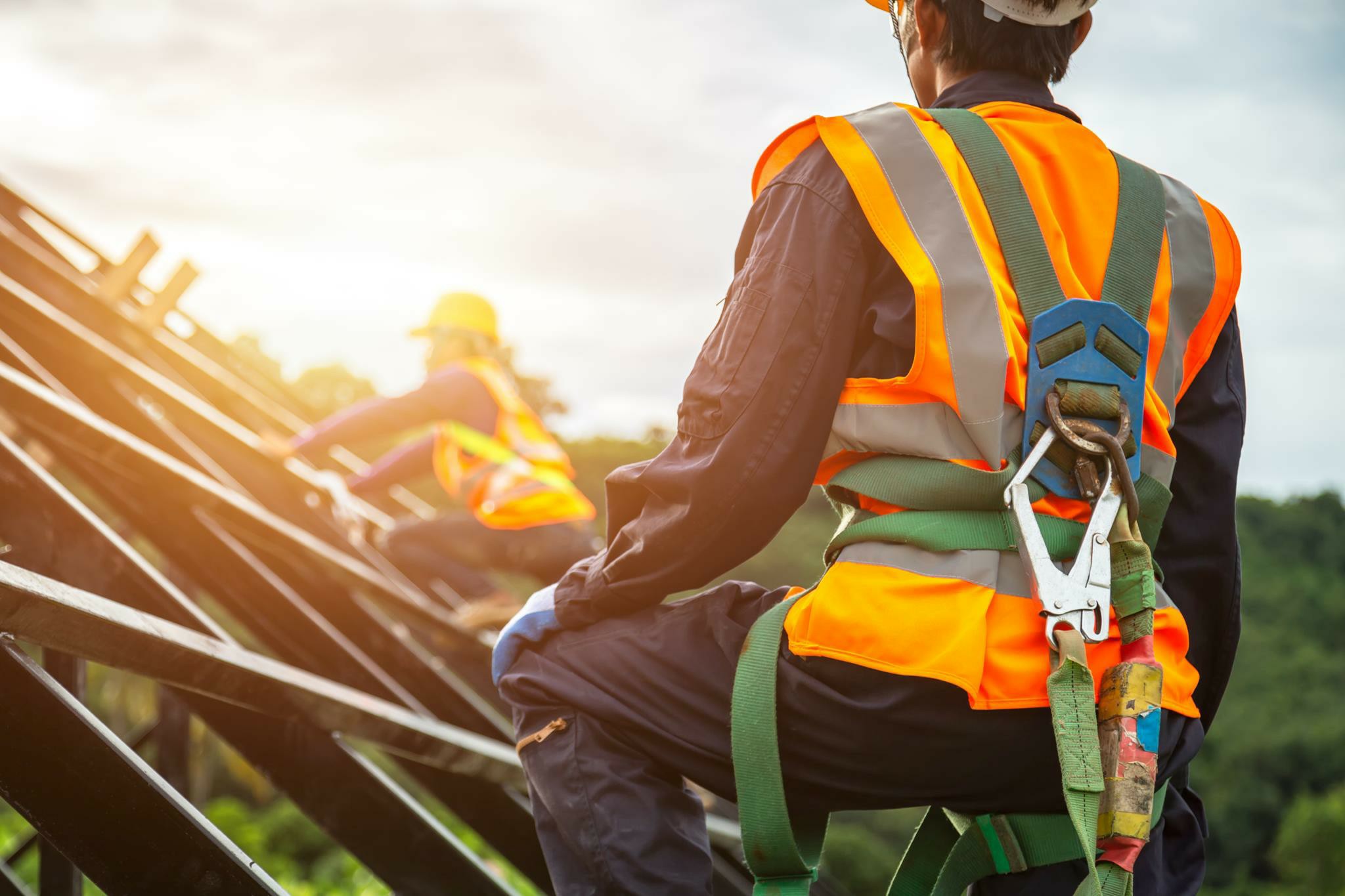Essential Steps for Conducting Effective Risk Assessments Before Working at Heights
Working at heights presents significant risks that can lead to serious injuries or fatalities if not properly assessed. Conducting a thorough risk assessment is a critical part of ensuring workplace safety. In this guide, we will explore the importance of risk assessments in the context of working at heights, outline structured procedures for conducting them, identify common risk factors, and highlight how proper training equips workers to identify and manage hazards effectively.
Why Risk Assessments Are Crucial
Risk assessments are vital for a variety of reasons:
- Accident Prevention: By identifying potential hazards before work begins, appropriate measures can be taken to mitigate risks.
- Regulatory Compliance: Many regions have specific laws and regulations that require risk assessments before undertaking work at heights.
- Workplace Safety Culture: Prioritizing risk assessments fosters a culture of safety among workers, increasing awareness and accountability.
Step-by-Step Procedure for Conducting Risk Assessments
To effectively conduct a risk assessment, follow this structured approach:
Step 1: Planning the Assessment
- Gather relevant information about the work to be done, including task requirements and the environment.
- Determine who will conduct the assessment, ensuring they are knowledgeable and competent.
Step 2: Identifying Hazards
- Inspect the work environment to identify anything that could cause harm. Consider:
- Height of the work area
- Type of equipment being used
- Weather conditions
- Surface conditions (e.g., slippery surfaces)
Step 3: Evaluating Risks
- Assess the level of risk related to each identified hazard by considering the likelihood of an incident occurring and its potential severity.
- Use a risk matrix for consistent evaluation.
Step 4: Implementing Control Measures
- Determine and implement appropriate control measures to eliminate or reduce risks. This could include:
- Using personal protective equipment (PPE)
- Installing guardrails or safety nets
- Adopting work methods that minimize exposure to identified hazards
Step 5: Monitoring and Reviewing
- After controls are in place, continuously monitor their effectiveness and review the risk assessment regularly or when changes occur in the work environment.
Common Risk Factors When Working at Heights
Some typical risk factors include:
- Improper use of ladders or scaffolding
- Inadequate training or certification among workers
- Environmental conditions such as strong winds or rain
- Workplace distractions or lack of communication
Training for Effective Hazard Assessment
Educating workers through Working at Heights Training is crucial to ensuring they can accurately assess risks. Here’s how training prepares your team:
- Knowledge of Legislation: Workers learn about local regulations regarding working at heights.
- Hazard Recognition: Training equips workers with the skills needed to identify hazards effectively.
- Proper Use of Equipment: Courses cover the correct selection and use of safety equipment.
Our Working at Heights Course offers comprehensive training options, including Working at Heights Certification Ireland and even Working at Heights Online Course options for flexibility.
Real-World Success Stories
Numerous businesses have benefited from conducting thorough risk assessments:
- A construction firm in Dublin reduced fall incidents by 40% after implementing rigorous risk assessment protocols.
- A maintenance company in Cork improved its overall safety rating, leading to lower insurance premiums after retraining staff on height safety practices.
Conclusion
In conclusion, conducting risk assessments before working at heights is essential for a safe working environment. Through proper planning, hazard identification, risk evaluation, and thorough worker training, employers can significantly reduce the likelihood of accidents. Don’t wait until it’s too late—integrate risk assessment protocols into your workplace safety plan today.
For more information, or to enroll in our certified training courses, contact us at [email protected]. Together, let’s ensure a safer work environment for everyone.



 349,500 Offered Certificates
349,500 Offered Certificates
 24/7 Online Training
24/7 Online Training
 Money Back Guarantee
Money Back Guarantee
 Fully Accredited Courses
Fully Accredited Courses
